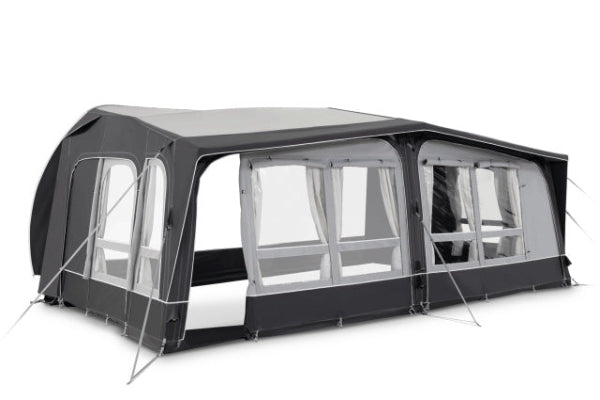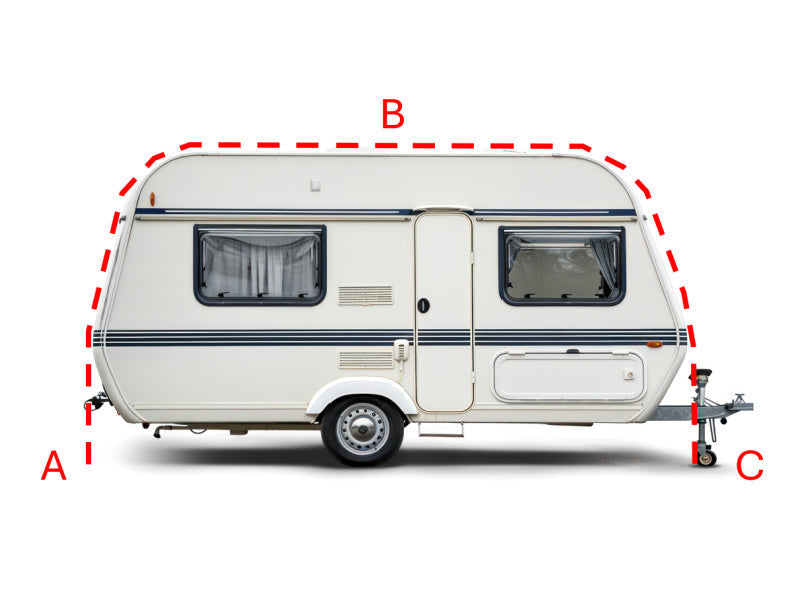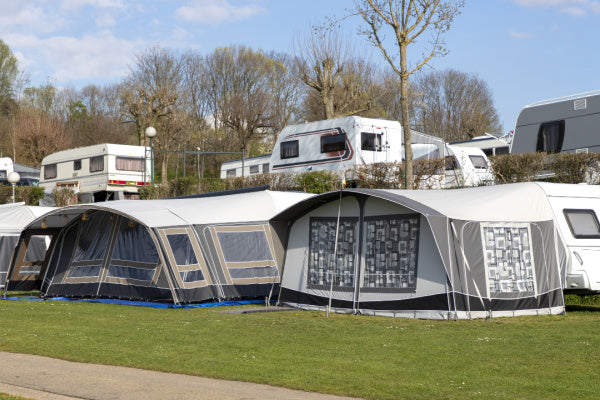What Size Inverter for Camping Fridge?
Forgot your ice again? Time to upgrade. To run most camping refrigerators, you’ll need a 300W to 500W inverter — enough for startup surges and steady cooling. But not all fridges are equal! Keep reading to dodge warm beers, power fails, and rookie mistakes on your next outdoor escape.
First, Do You Actually Need an Inverter?
Not all camping refrigerators need an inverter. It depends on the type of fridge and how it's powered.
Some fridges can run directly from a 12V battery. Others are designed for household mains power, which means you’ll need an inverter to use them on the go.
Understanding the Two Main Types of Camping Fridges
Fridges used in camping generally fall into two categories: 12V compressor fridges and household-style mini-fridges. The type you have determines whether an inverter is required.

The 12V Compressor Fridge (DC Native – No Inverter Needed)
These fridges are made with campers in mind. They connect directly to a 12V power source and are very efficient.
Brands like Engel, Dometic, and Waeco often fall into this category. If yours plugs into a cigarette socket, it likely doesn’t need an inverter.
The Household Mini-Fridge (AC Powered – Inverter Required)
These are your standard plug-in fridges. They run on 240V AC and are not natively compatible with a 12V camping setup.
If you plan to take one on your trip, you’ll need an inverter to convert your battery’s 12V DC output into 240V AC.
How to Choose the Right Size Inverter for Your Fridge
To get the right inverter, you first need to understand how much power your fridge actually uses.
The Critical Step: Finding Your Fridge's Wattage
All fridges consume power differently. You need to know both the running wattage and the startup wattage before choosing an inverter.
How to Find the "Running" Wattage on the Compliance Plate
Look at the compliance plate, usually found on the back or inside the fridge.
You’ll typically see a figure marked in watts (W). That number is your fridge’s running wattage — the amount it uses while operating normally.
Why You Must Account for the "Startup" or "Surge" Wattage
When a fridge first turns on, it usually draws more power than during normal operation.
This is known as the surge or startup wattage, and it can be twice or even three times higher than the running figure.
Ignoring this can cause your inverter to overload or shut down.
A Quick Note on Watts, Amps, and Volts (Watts = Volts x Amps)
If the compliance plate doesn’t show watts, you can calculate it yourself.
Just multiply the voltage by the current (amps):
Watts = Volts × Amps.
Use this to determine your fridge’s power needs if only amps and volts are listed.

Calculating the Correct Inverter Size (The Formula)
Once you have your wattage figures, you can work out what size inverter you need.
The Rule of Thumb: Sizing for the Surge
Always size your inverter based on the highest load — which is usually the startup surge.
If your fridge starts at 150W but only uses 80W when running, your inverter still needs to handle the 150W at startup.
The Safety Margin: Why You Should Add 20–30% Extra Capacity
It’s best to leave some room for error.
Adding a 20–30% buffer helps account for power surges, inefficiencies, and any extra appliances running at the same time.
For instance, if your calculated need is 200W, aim for at least 250–300W inverter capacity.
Example Calculation for a Typical Mini-Fridge
Let’s say your fridge uses 80W while running and 150W on startup. You also want to run another small appliance that uses 50W.
Total running wattage: 130W
Total surge wattage: 200W
Add 20% margin: 200W × 1.2 = 240W minimum inverter size
To be safe, choose a 300W inverter or larger for a reliable setup.
Pure Sine Wave vs. Modified Sine Wave Inverters
The inverter’s power quality matters, not just its size.
Why Fridges and Motors Require a Pure Sine Wave Inverter
Pure sine wave inverters provide clean power — similar to what you get at home.
This is ideal for appliances with motors or compressors, like fridges. It helps them run more smoothly and prevents long-term damage.
What Happens if You Use a Modified Sine Wave Inverter?
Modified sine wave inverters are cheaper, but they can cause problems with some appliances.
Fridges may run hotter, make noise, or fail to start at all. In some cases, the compressor can overheat or get damaged.
When is a Modified Sine Wave Inverter Okay to Use?
You might get away with using one for a very basic thermoelectric cooler.
However, for compressor-style fridges and anything with sensitive electronics, it’s safer to stick with a pure sine wave model.

Other Important Considerations
Even with the right inverter, your system won’t work well without proper wiring and battery support.
Ensuring Your Battery Bank Can Handle the Load
Check the amp-hour (Ah) rating of your battery.
Make sure it’s large enough to run your fridge for the time you need. Deep cycle batteries are best, as they’re built for sustained use rather than short bursts.
Using the Correct Gauge Wiring for Safety and Efficiency
Voltage drop is a real issue when using long cables. Always use thick enough wires to handle the current safely.
The longer the cable, the thicker it needs to be. Undersized wiring can cause overheating or reduce the efficiency of your setup.
Built-in Inverter Safety Features (Low Voltage Cutoff, Fuses)
A quality inverter should have built-in protections.
Look for low voltage cut-off, overload protection, fuses, and temperature shutdown. These features help protect both your battery and the appliances you’re powering.
Other content you might like:
- How Long Will A 100ah Battery Run A Camping Fridge?
- What Is The Best Battery For Camping Fridge?
- Can A Solar Panel Run A Camping Fridge?
- Can You Connect A Camping Fridge Straight To A Battery?
- How Many Watts Camping Fridge
- How Much Power Do I Need For Camping Fridge?
- How To Power Camping Fridge
- How To Run Camping Fridge
- What Wattage Is A Camping Fridge





Leave a comment